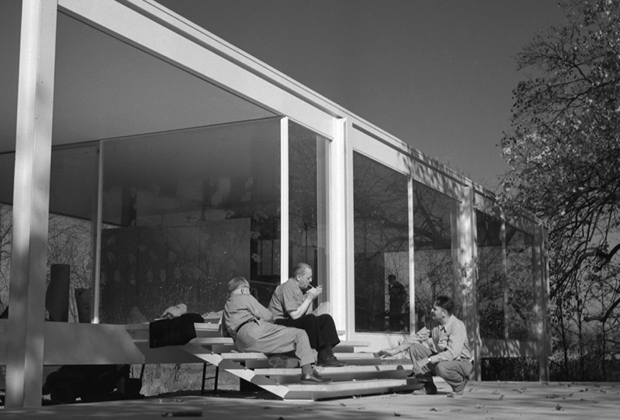Alex Beam’s interesting new book on the saga of the Farnsworth House, which I reviewed in the Wall Street Journal recently, raises an interesting question. How can a house that has so many functional drawbacks, that is basically dysfunctional, be considered a modernist masterpiece? The answer reveals more about modernism than it does about masterpieces. Modernist buildings are often described as clean and functional. Beam’s book makes clear that the glass house in Plano was neither. The glazed wall got sooty from the heating system, and was covered with condensation during cold weather. Dr. Farnsworth spent the first part of her summer weekends hosing down the exterior. A glass box gets unbearably hot in the summer, a porch without netting is unusable in a mosquito infested riverbank, and a kitchen organized in a straight line is not really convenient. The list goes on and on. Beam’s account makes clear that these shortcomings were not really accidents—Mies was simply willing to ignore practicalities. He used fragile travertine as an exterior paving, ignored issues like ventilation, and built perilously close to the Fox River, which regularly flooded. Nor, despite the bare-bones appearance of his buildings, was he really a skilled builder. The eaves were so poorly detailed they leaked almost immediately. He was an aesthete—appearance was all. Like the builder of a Victorian folly, Mies took an architectural conceit to its ultimate and illogical end.
Photo: Mies (center) during the construction of the Farnsworth House


Thank you. In a house, comfort is wonderful.